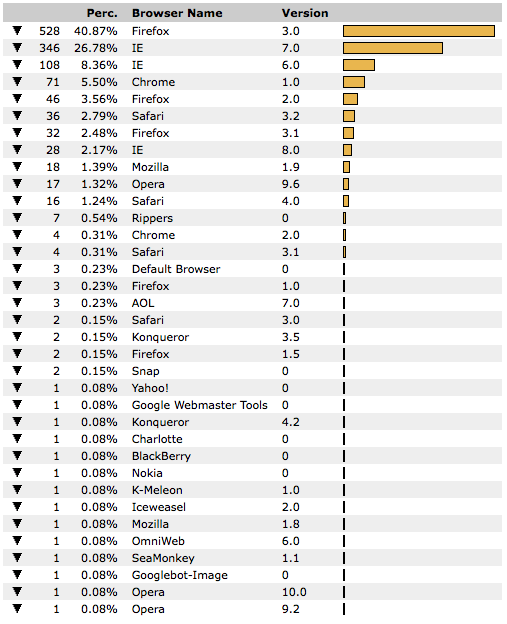
On a daily basis, I update the Geographic IP database that I created many years ago. Although not as powerful as some of the commercially available Geographic databases, it has more than served my purposes over the years.
One of the benefits of collecting this data is being able to extract substantial metrics on the distribution of IPV4 addresses. This post is the latest in a series of descriptions of the distribution of addresses at the moment.
Here are the Registrar Stats for IPV4 addresses as of March 14 2009.

The ARIN IPV4 address space (which includes the US) is still the largest by far, with nearly 3 times the allocated IPV4 addresses of the two next largest registrars, RIPE and APNIC. The dominance of the US is even more noticeable in the IPV4 addresses by Country table.

Belying its growing importance on the Internet stage, China has grown from fourth place in the first of these analyses to second place in this study. However, it still has a long way to go before it catches up with the US.
An interesting concept that comes out of this data is that China is making do with substantially fewer public IPV4 addresses than the US is. This means that they have wholeheartedly embraced IPV6 (unlikely) or are using the private IP space for most communications.







